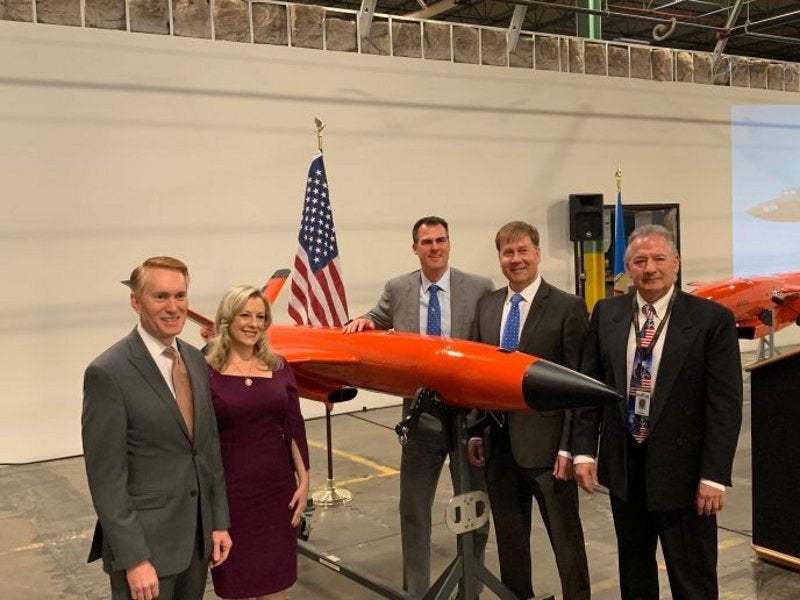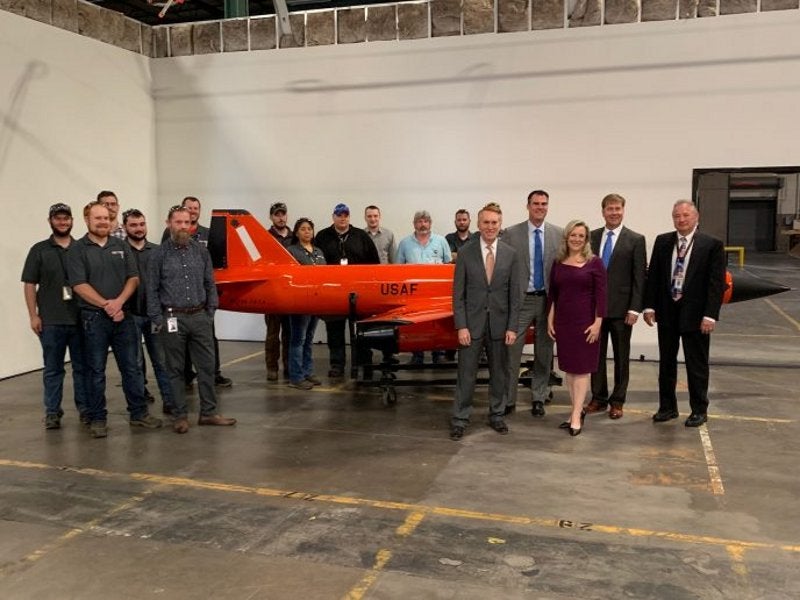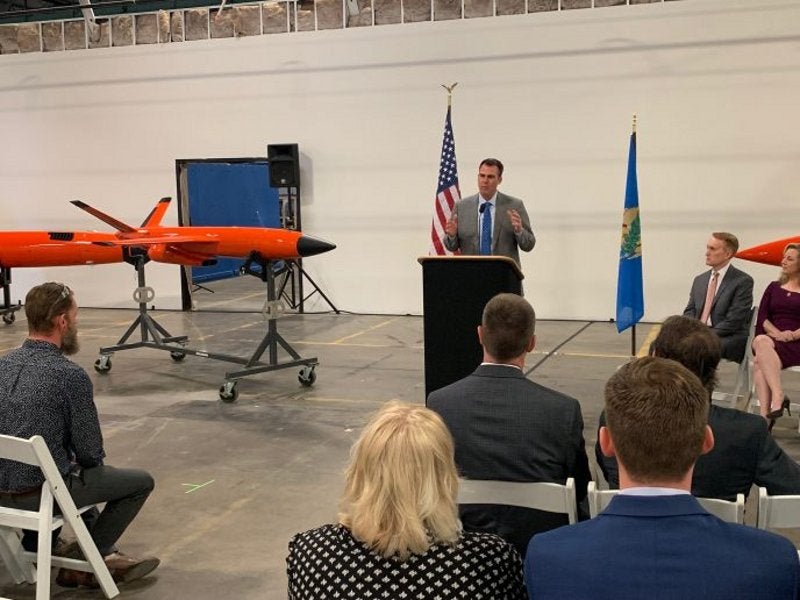MQM-178 Firejet unmanned aerial target drone is designed and manufactured by Kratos Defense & Security Solutions, an unmanned vehicle and target systems developer based in the US. It is the smallest member of the Kratos family of aerial targets.
The drone is developed to allow air and naval troops to test a variety of weapon systems in both surface-to-air and air-to-air training scenarios. It also assists operators in anti-aircraft artillery training missions.
First production unit of the Firejet was unveiled at the Kratos Unmanned Aircraft production facility in Oklahoma City, Oklahoma, US, in April 2019.
MQM-178 Firejet orders
The MQM-178 Firejet target was used by QinetiQ in the Formidable Shield 2017 international naval exercise organised by the US Sixth Fleet in October 2017 to test integrated air and missile defence capabilities of the UK Ministry of Defence (MOD) Hebrides Range.
Kratos secured a ten-year framework contract from QinetiQ UK in July 2018, for the delivery of the MQM-178 Firejet drones. The contract also includes the delivery of spare parts, offering technical services, ground support equipment, and required training.
The Swedish Defence Materiel Administration (FMV) awarded a three-year indefinite-delivery, indefinite-quantity contract to Kratos in November 2018 for the delivery of target systems and associated spare parts. The agreement also includes a six-year extension option.
MQM-178 Firejet is currently undergoing a wide range of testing activities. It took part in fire tests of GWS 45 Sea Viper anti-air guided missile system conducted by the UK Royal Navy at the Formidable Shield 2019 naval exercise held in May 2019.
The Sea Viper missile system was launched from the Hebrides Range site on South Uist and destroyed the Firejet drone during tests.
MQM-178 Firejet design and features
MQM-178 aerial target is made of carbon-fibre composite construction with advanced manufacturing techniques.
The drone integrates a shoulder-mounted delta wing design, which offers improved performance. The empennage is arranged in a V-tail configuration.
The aircraft has a length of 3.3m, a height of 0.6m, and a wingspan of 1.9m. The dry weight of the drone is 59kg, while the maximum launch weight is 145kg.
With an aerial target has a maximum internal payload capacity of 32kg, each wing-tip of the drone is designed to hold a maximum payload of 9kg, while each wing station can carry up to 15.9kg of payload.
Launch and recovery of MQM-178 Firejet
MQM-178 Firejet can be deployed into flight either from land or from shipboard using a pneumatic launch system, which eliminates the need for rocket-assisted take-off (RATO) equipment and reduces the expenses.
The aerial target can be employed in either a manual mode or pre-programmed mode. Recovery of the drone is performed by parachute.
The drone’s command and control system is capable of operating up to eight similar drones simultaneously.
Payloads and communication
Compact and modular design of the MQM-178 Firejet target system allows for the integration of a variety of customer-specific payloads.
Standard payloads carried on board the drone are tow targets, proximity scoring sensors, passive and active RF-based augmentation systems, hot nose infrared augmentation system, and fixed flares.
Engine and performance
The MQM-178 Firejet is powered by two JetCat C81 turbojet engines that offer a maximum thrust of 37kg each.
The drone is capable of flying at a maximum speed of 0.69 Mach. It can fly at a maximum altitude of 10,670m above mean sea level (MSL) and 6m above ground level (AGL) and perform G-turns from -2G to 9G.
Its on-board fuel tank has the capacity to carry 64.4l, while the smoke oil carrying capacity is 1.9l.






